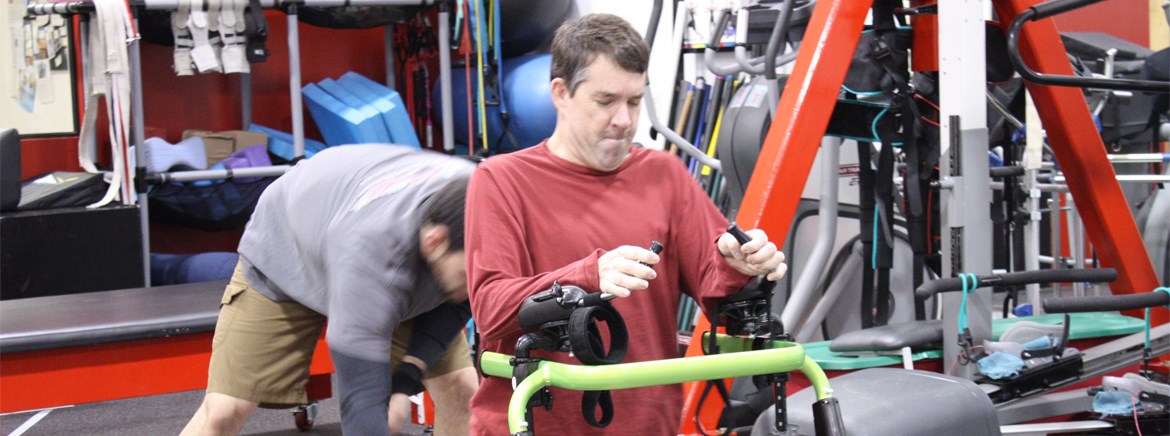When Should You Stop Rehab And Return to Everyday Life?

After a spinal cord injury, many people throw themselves into their rehabilitation. It is for many the biggest beacon of hope they have. And for many they’re right, with enough effort and quality rehabilitation, they can see exciting improvements in sensation and movement. It can happen, but not for all. There comes a time to move away from exuberant amounts of rehabilitation and return to “normal” day-to-day life. But when is it the right time to do so? Is there an amount of time that should be standard for everyone?
The answer to that is simply no. Every spinal cord injury is different, whether you have quadriplegia or monoplegia. Whether it is a complete or incomplete injury, the severity of the injury varies. Traditional rehabilitation lasts for 2 to 3 months, and then you are discharged and go to outpatient therapy for several months. Any rehabilitation after that is not covered by insurance but encouraged. If you have the means and the time, it is in fact encouraged now more than ever before to do as much therapy is possible for several months, if not the first entire year.
Those however with a complete injury, the chances of getting the return back are more difficult, although not impossible. Everyone is encouraged to try all kinds of rehabilitation that is available. One of the most popular forms of rehabilitation that many people with spinal cord injuries are trying is activity-based therapy.

This form of therapy believes that with the repetitive movement of paralyzed limbs, and by trying to move them, you can sometimes regain movement. There are many pieces of equipment used in activity-based r rehab centers that move people with paralysis. Exoskeletons and gait therapy using a harness and a treadmill are often used.
This type of therapy however is expensive and can cost thousands of dollars for just months of therapy. Unfortunately, many cannot afford this. But for those who can, much alternative therapy for several months and sometimes years, oftentimes with positive results. After so long, there are some who get “burned out” from all the rehabilitation. It is after all not normal for humans to live each day going to therapy. Boredom does and can occur.
In fact, many people would argue it is healthy to return to normal activities, such as employment or returning to school. It can feel good to go back to previous activities and to feel industrious. Whether it is working towards a degree or earning a paycheck. For many, these things are highly important, and you should not lose this if you find yourself with a spinal cord injury.
When do you feel is the right time to no longer put all day into rehabilitation? Many people do this after their injury, strongly believing they have a chance to walk again if they put enough strength and work in. But as many people have proven over the years, this is not always true. Many people can put hours and several thousand dollars into rehabilitation, and unfortunately not get the results they were hoping for.

In the end, it is up to the individual person to decide what is best for them. There is no answer to this question. Do not lose your old self on a chase to rehabilitate your body. Oftentimes, many people are unable to get any return and that is okay. You're not any weaker for no longer focusing on rehabilitation. If you find yourself in this position, listen to your heart. You will know when it’s time for you to move on to the next chapter.
Stay Updated on Advancements On Traumatic Brain &
Spinal Cord Injuries
About the Author




